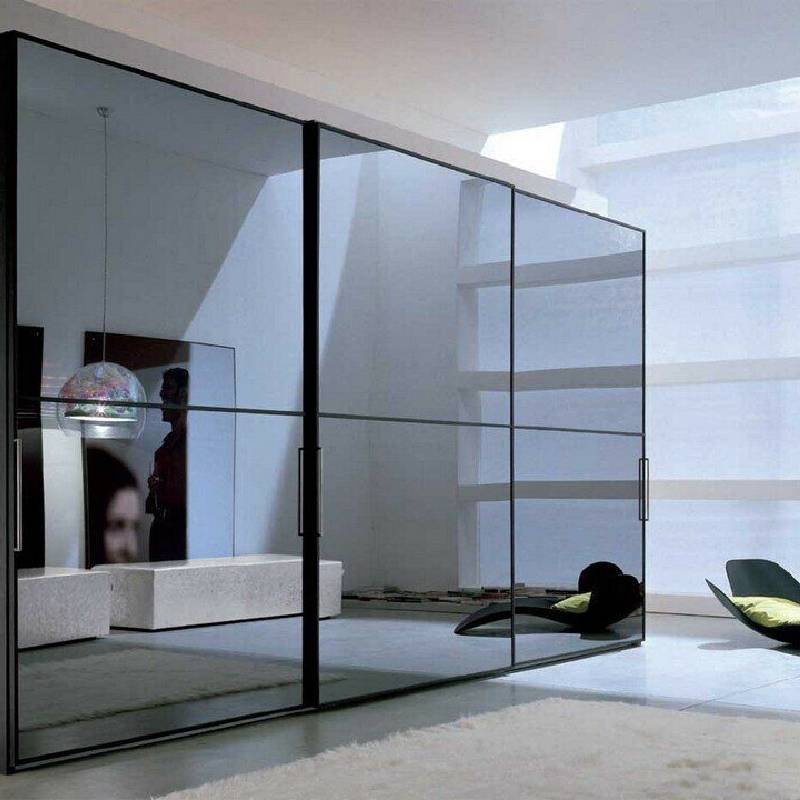

The Importance of Low E Safety Glass in Modern Construction
In contemporary architecture and building design, energy efficiency and occupant safety are paramount. One material that addresses both these concerns is Low Emissivity (Low E) safety glass. This innovative glass provides a myriad of advantages that contribute to the sustainability and safety of our built environments.
Understanding Low E Glass
Low E glass is a type of energy-efficient glass with a special coating that reflects heat while allowing natural light to enter. This coating, often made from microscopic layers of silver and other materials, minimizes the amount of UV and infrared light transmitted through the glass without compromising visible light. As a result, it significantly reduces the amount of heat entering a space during the summer months and keeps warmth inside during the winter. This dual functionality not only aids in maintaining comfortable indoor temperatures but also reduces reliance on heating and cooling systems, leading to lower energy bills.
Safety Features of Low E Glass
In addition to its energy-efficient properties, Low E glass is often combined with safety features. Safety glass is designed to reduce the risk of injuries from breakage. It is typically made in one of two forms tempered glass or laminated glass. Tempered glass undergoes a heating and cooling process that makes it stronger than standard glass, and when broken, it shatters into small, blunt pieces, significantly reducing the risk of injury. Laminated glass, on the other hand, consists of two or more layers of glass with an interlayer that holds the layers together even when shattered.
The combination of Low E technology with these safety features creates a versatile building material that is ideal for applications in both commercial and residential settings. For instance, Low E safety glass is increasingly used in skyscrapers, schools, hospitals, and homes, where natural light is desired, but safety and energy efficiency are also critical.
Benefits of Using Low E Safety Glass

1. Energy Efficiency As mentioned, Low E glass can significantly reduce energy consumption by minimizing heat loss during winter and heat gain during summer. This can lead to substantial cost savings over time, as buildings require less energy for heating and cooling.
2. UV Protection The Low E coating reduces UV radiation entering a building, protecting furniture, flooring, and artworks from fading and deterioration caused by sun exposure.
3. Comfort By regulating indoor temperatures more effectively, Low E safety glass contributes to a comfortable living or working environment, enhancing the overall quality of life for occupants.
4. Environmental Impact Using Low E safety glass helps reduce a building’s carbon footprint. With less energy needed for climate control, buildings contribute to overall energy conservation efforts, promoting a more sustainable future.
5. Safety The inherent strength of tempered or laminated Low E glass means enhanced safety for occupants. It mitigates risks associated with breakage, making it a prudent choice for high-traffic areas such as offices, schools, and residential buildings.
Conclusion
The incorporation of Low E safety glass in building designs represents a significant leap towards creating energy-efficient and safe spaces. As our world leans more towards sustainability, the demand for materials that provide both energy savings and safety will undoubtedly increase. Low E safety glass not only meets these requirements but also reflects a growing awareness in the construction industry about the importance of combining aesthetics, functionality, and safety. In a time where climate change and energy conservation are critical issues, materials like Low E safety glass play an essential role in shaping buildings for a sustainable future.